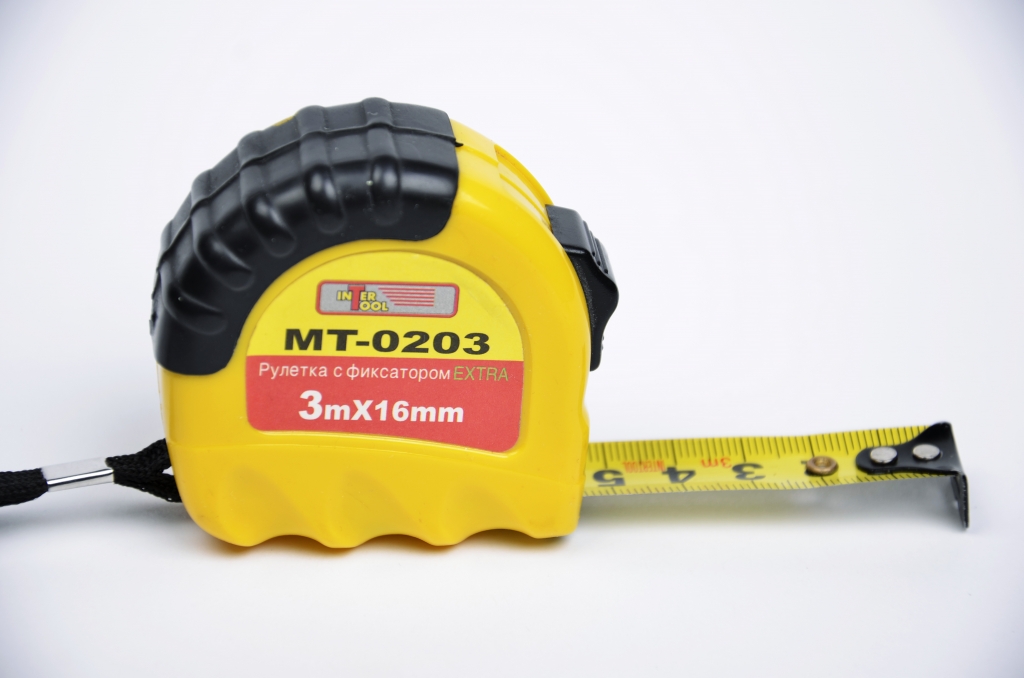Tips For Waterproofing Your Basement

Waterproofing your basement is extremely important to protect your house from structural damages.
If you are waterproofing your house by yourself, you can follow these tips to get your act right.

Identifying the source of the problem is the first step in solving the issue of a leaky basement.
The water can be entering from outside or it can be due to the condensation problems inside the house itself.
There are basically three approaches to waterproofing your basement.
These techniques are described below and you can choose from these techniques depending on your needs.
Exterior waterproofing refers to the process of waterproofing your basement from the outside. This is an effective but quite an expensive technique.
Here, at first, you will have to clean the basement walls. Scrub the walls, clean it completely, and allow it to dry. After this, dig a trench around the entire basement.
The trench dug should be 3 feet to 6 feet deep. After digging the trench, seal the walls of the basement with a waterproofing membrane.
The waterproofing membrane will usually be a polymer compound. Add many sheets of the membrane as necessary to get full coverage.
Fill up the trench once the membrane is installed. Following this, set a drainage system at the footing of the basement, so that it drives the water away from the basement.
This is the best choice of waterproofing your basement. This method is effective and it is also less expensive than exterior waterproofing techniques.
Here, a trench is dug around the interior of the basement wall. This should be done after you remove all the dirt from the walls and clean it completely.
Then do install a drain so that it feeds to the sump pit. The excess water in the basement is pumped outside from the sump pit.
Another method of waterproofing your basements is by using sealants or paints which are waterproof in nature.
These paints or sealants can be applied on the basement walls from the exterior. Remove all the existing paint before applying the sealant. Also, apply mildew removing solution.
Do not paint over mildew as the paint will bubble. Also, do patch the cracks and holes with hydraulic cement.
The waterproofing paint will have an oil base which will make it difficult for the water to seep through. The sealant will penetrate the concentrate and will expand as it dries.
This will serve as a protection from within.
This is a low-cost option for basement waterproofing. This method is very effective for tackling minor leaks in the basement.
The sealant acts as a barrier to any type of moisture, regardless of whether it is seeping through pipes or exterior walls. It also prevents the condition of high humidity in basements.
But it is not suited for serious problems of water leakage.
Waterproofing sealants do not correct the existing cause of moisture. It is also not helpful when hydrostatic water pressure is a problem.
As water pressure builds, flaking and peeling of the sealant will happen and application of another coat of paint becomes necessary.
Photo provided by: Guest blogging community
Let DIY expert Joe take you through tips and advice on how to keep your home and basement waterproof with various techniques. Find out more via his various advice columns and posts.
